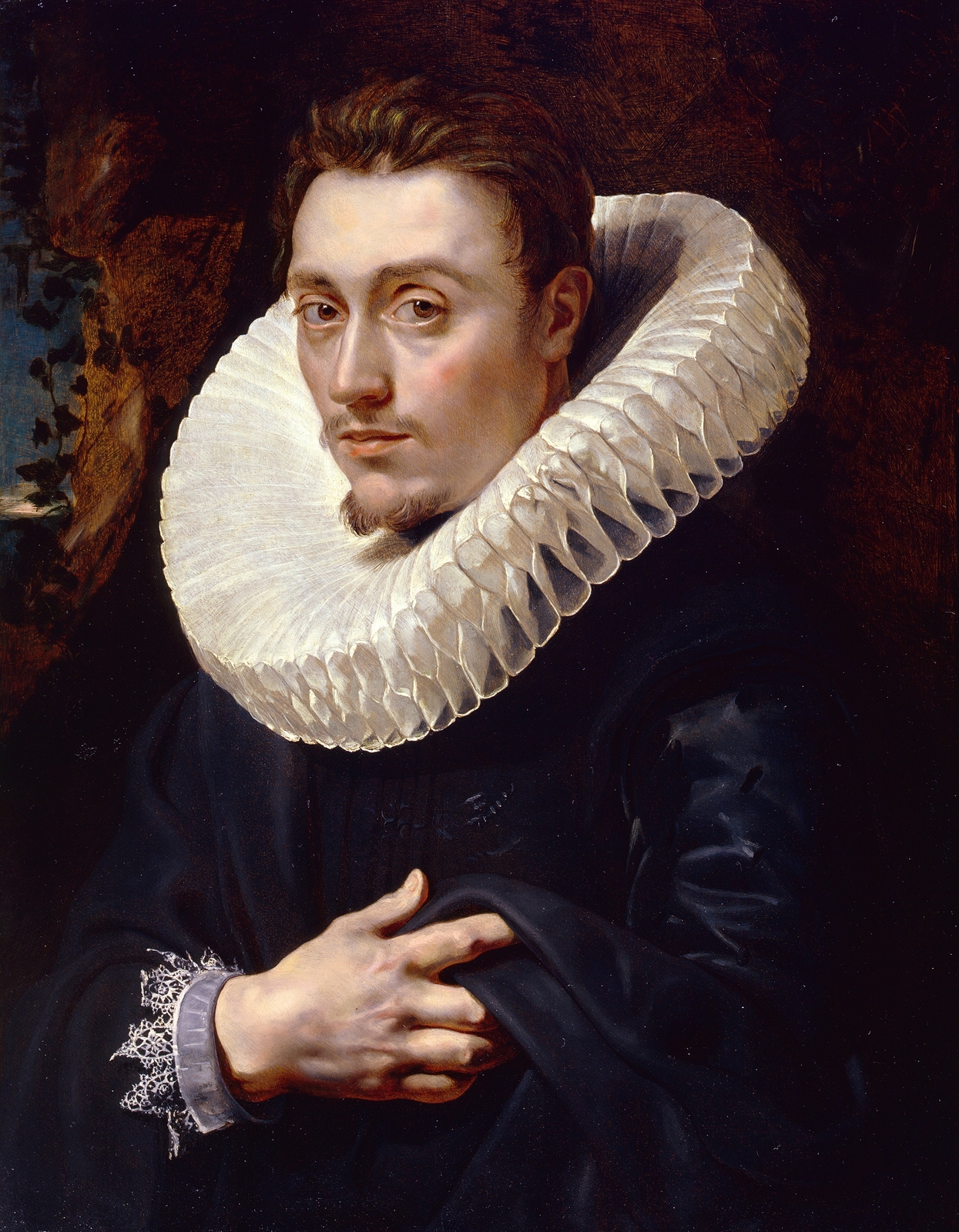
When the 22nd version of TEFAF, long known as the European Fine Art Fair, opened last Friday in this small Dutch border town, not a glimmer of the prevailing global financial crisis was apparent to the casual observer. By the second hour of the vernissage, the aisles, lined with a record 239 dealers exhibiting old master paintings, antiquities, antiques, as well as postwar and contemporary art were packed with visitors. Held at the Maastricht Exhibition and Congress Center, TEFAF covers a staggering 300,000 square feet. Although a single ticket was priced at a hefty 55 euros, that did not appear to be a deterrent.
“Quite simply, we remain the finest art, antiques, and design fair on earth,” boasts Konrad Bernheimer of the London and Munich based Bernheimer-Colnaghi gallery, who was instrumental in founding the dealer run fair. Bernheimer is showing a Lucas Cranach the Elder oil dating from 1534 as well as pictures by Frans Hals, Peter Paul Rubens, and other major masters. “The market for old masters is still strong,” he reports, and so it seems to be. Before the vernissage was over, he had sold a Rubens oil to an eager American collector.
Nearby, London dealer Johnny van Haeften is showing a superb still life of flowers by Ambrosius Bosschaert the Elder. Last year, van Haeften sold more than forty Dutch and Flemish old masters at the fair.
The London- and New York-based gallery, Dickinson, has a Canaletto view of Venice, and Moretti, the Florence, London and New York dealers, is exhibiting another sparkling Canaletto.
Even the works on paper are spellbinding: Turner watercolors at the London gallery Agnew’s, and the New York dealer David Tunick with a delicate black chalk and ink drawing from the circle of Rogier van der Weyden dating from the 1400s. “There are only 600 known Netherlandish drawings from the 15th century and most are in museums,” Tunick says indicating the rarity of the work.
Thomas Wessel, who heads up the insurance giant AXA’s formidable team of art experts, explains the interest in old masters at TEFAF by saying simply, “Clients are looking for alternative investments and now is the time to buy.”
